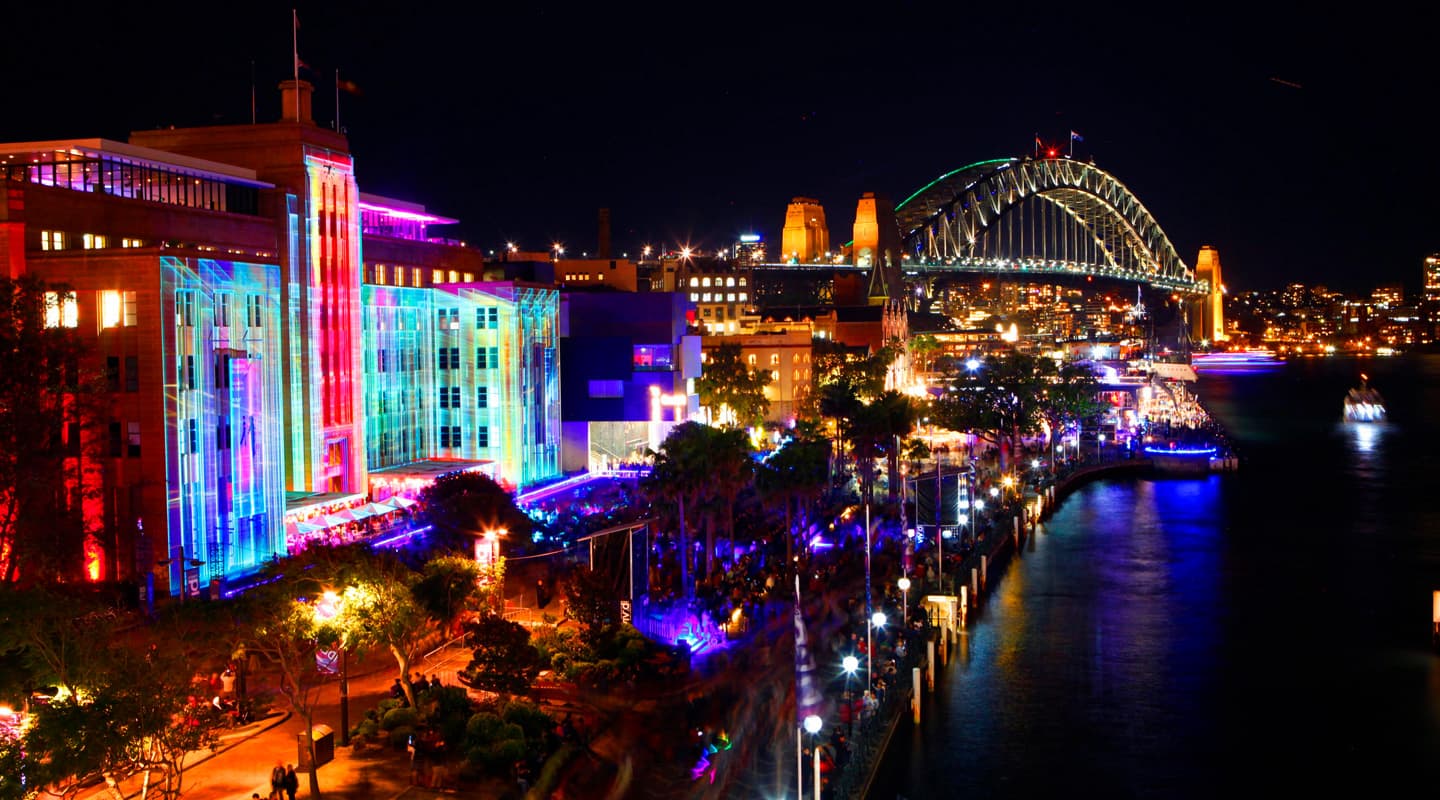
Bright Night Out
Large-scale pixel-mapped projections may not be big news anymore, but some Vivid exhibits continue to push the technology boundaries.
Text:/ Jen Temm
Sydney showed its technicolour form with its annual Vivid event clocking up a record 17 million visitors willing to brave the chilly evenings and traffic chaos to check out the 18-day, Instagram-friendly festival of light-art, installations and grand-scale projection through May and June.
The figures – a 20 percent increase in visitors from last year, including some 36,500 travel packages sold to overseas and interstate tourists (and 11,000 to China alone) must be warming the collective heart of state tourism and events body Destination NSW, which launched the show as a way to boost businesses during the slower winter months. It claims the event is now the biggest of its kind in the world, stretching out to include new precincts in Central Park and suburban Chatswood in additional to the usual CBD locations.
This year more than 80 light installations were created by 225 artists from 21 countries, with the Vivid Ideas program drawing some 500 speakers in more than 150 events, and 70 bands performing as part of the Vivid music program with 382 musos, 232 DJs and 1502 hours of programmed music.
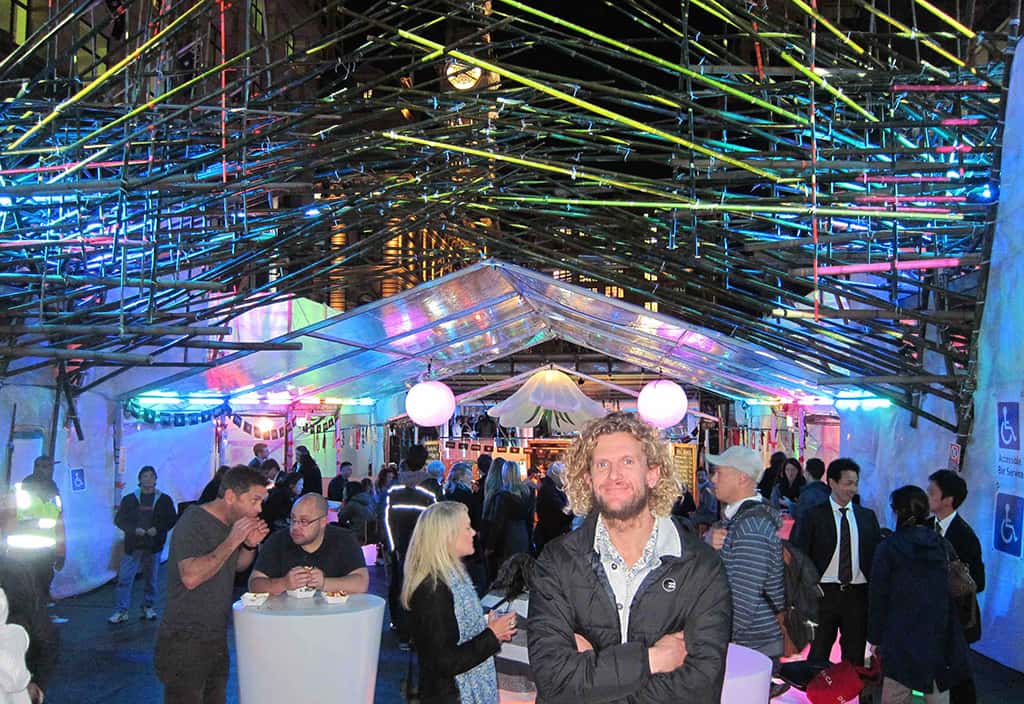
Joe Crossley: joecrossley.com
Finely Tuned (Producer): finelytuned.com.au
Epson: www.epson.com.au
TRANSCENDING TRAGEDY
The striking centrepiece of Vivid in Martin Place was designed to cast light in a space associated with tragedy following the Lindt Café seige in December. Transcendence, designed by Sydney-based new media artist and Finely Tuned director Joe Crossley, combined projection-mapping with code-driven light shows on three-storey high bamboo scaffolding covered with screens – which doubled as pop-up hawkers’ food bazaar.
The visuals were a collaboration between Crossley and a roster of artists from Australia, New York and the UK, using 10 Epson projectors from a home-made media server using Resolume software, with Mad Mapper video mapping software for the ‘bamboo mapping’. Such was its success, the project led to Epson sponsoring both Crossley and Transcendence.
His equipment requirements were very specific: “I wanted very bright, sharp, vivid, large venue projectors that were easy to set up and adjust to get the exact look and effect I was after. Having looked at other projectors on the market it became clear that the best ones for this installation were the Epson G and Z Series. The colours these projectors produce are way brighter than any other projector I’ve seen. The keystone correction was amazing and really allows you to get exactly what you want.
“Transcendence was a complex installation and the fact that we could move the images remotely and that they would morph the way we wanted them to was a massive plus. It also means we could manipulate the images and use every centimeter of surface space without losing a single pixel.
“The Epson projectors have quick corners, meaning we can quickly line up the images and adjust them remotely. In an installation such as Transcendence it’s all about the brightness of the projectors and the Epson projectors really delivered here. They also excelled in the luminosity of every colour and just knowing you always have those 5000 lumens is amazing.” (Photo: Joe Crossley at the Transcendence installation in Martin Place, Sydney)
SAILING SYDNEY HARBOUR
Lighting the sails of the Sydney Opera House is undoubtedly the highlight of Vivid Sydney. For this year’s event, Vivid Live curator Ben Marshall invited multi-disciplinary UK design studio Universal Everything to create the projection content. Marshall further curated a fascinating collection of digital artworks within the venue, and The Electric Canvas was called in to provide the projection overlay and equipment specification, plus the technical supply and delivery of both installations.
Universal Everything collaborated with more than 20 animation studios from around the world to light up the Opera House, each of whom brought their own aesthetic to the project. Each was given a keyword as a prompt – ricochet, swarm, grow, bounce, climb and burst, for example – and tasked with creating 30-second-long cell animations. The idea was to produce a living mural, drawing on inspiration ranging from Roman engravings to modern street art, and the hand-drawn animations helped distinguish the project from some of the more high-tech projections of previous years.
The Opera House’s Western Foyer was transformed into an immersive gallery space for the first time to house Universal Everything’s digital artworks. The foyer’s six window booths and northern and southern walls were used as projection canvases, as was the ceiling above the main box office staircase. It was essential that the installation be neat and unobtrusive, but also deliver the light power required to create great visual impact. The Electric Canvas chose its solid-state laser phosphor Christie projectors for the Western Foyer windows. High-power DLP technology was deployed to project the works on the northern and southern walls, as well as above the box office stairs. The Electric Canvas also provided audio interfaces to deliver the accompanying soundscapes for two of the works, which complemented the immersive experience for the public. (Photo by Daniel Boud, courtesy of Sydney
Opera House.)
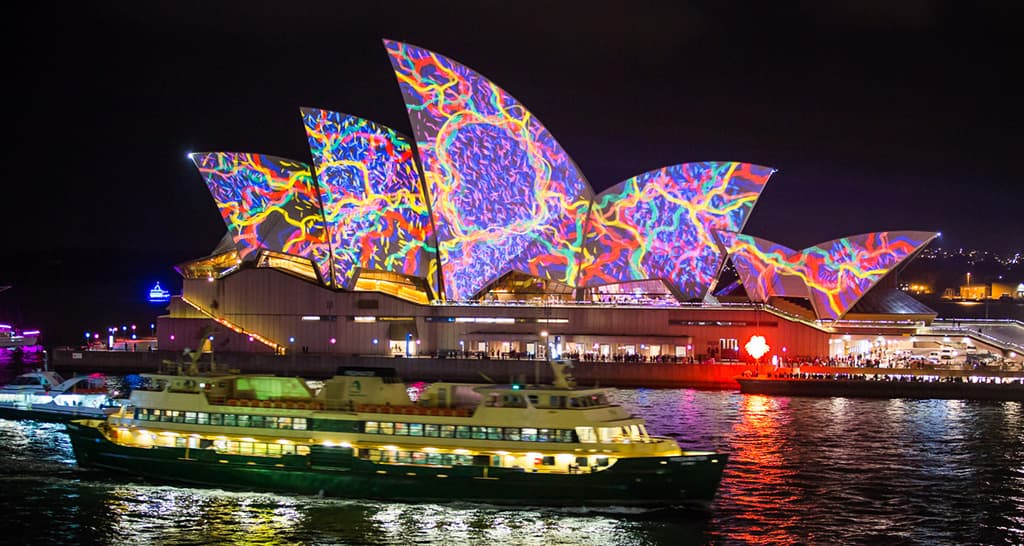
Universal Everything: www.universaleverything.com
The Electric Canvas: www.theelectriccanvas.com.au
Christie: www.christiedigital.com
TAKING FLIGHT
Part of Vivid’s Light Walk, Space Folding by digital agency Holly’s Zina Kaye, was a towering walk-in cylinder that morphed into multi-coloured patterns of light and sound in response to real-time flight data from Sydney airspace. The installation mapped the progress of planes flying in and out of the airport, allowing audiences to follow their progress through the rhythmic movements of colour and data racing around the structure, with headsets to hear the data-driven generated soundtrack.
The 3m tower was wrapped with more than 1600 LEDs with custom-built software to translate the live flight data into unique patterns of light and sound, prompting questions and discussions about place, transformation and the interconnected nature of our world — well, if you’re a beret and cravat wearer at least. As explained by Holly producer Danielle Wiessner, it offered arguably a unique convergence of light and sound, in the way that it combined live flight data, new code technologies, an audio streaming service, game sound design principles and immersive audio technologies: “In the end, we were able to create an extraordinarily immersive auditory experience, utilising an array of sophisticated techniques that at the same time provided a sense of narrative, emotion, evolution and energy for both the light sculpture and the audience to engage with,” she said.
The musical work was broken down into a series of assets that were manipulated and orchestrated via MaxMSP interactive installation software, Wiessner explained, and programmed using audio coding technology more commonly seen in large-scale video game titles to synchronise it to the data set, which in turn synchronised with the light sculpture.
In total, 1168 individual sound assets were recorded, edited, designed and implemented into a customised audio system using MaxMSP. Recording the raw audio was done over two days at Linear Studios and featured musicians including Sydney’s highly regarded Jared Underwood and Llew Kiek. Dozens of instruments recorded note by note so they could be selectively triggered by the lights, among them ancient Arabic and Mediterranean stringed instruments, African djembe, Asian singing bowls, traditional western instruments including piano and glockenspiel.
“Importantly, the recordings were made using a process known as ‘binaural’, which recreates the responses of the human ears when positioning sound in a three-dimensional space,” Wiessner said. “As the musicians played each note they changed their position in relation to the microphone. As the sounds are randomly selected they appear to change position around the listener. The realism of this spatial positioning technique creates a heightened experience that, in the resulting work, was both natural and otherworldly.”

TDC TOOLS UP
Technical Direction Company provided Vivid with video expertise in mapping techniques and key video technology across an unprecedented 10km distance as the 18-day festival expanded into new Chatswood and Central Park precincts.
For its fourth year of involvement with the event, TDC delivered more than 70 high-resolution projectors, four types of media servers as well as technical infrastructure including two automation platforms, each with custom hardware and electronics to power the video projections. Additional challenges included crane lifts, street closures for installs and six new sites to manage.
“As well as site-specific challenges, we had to overcome reflective surfaces such as glass from other buildings or water,” explains head technician and media specialist Steve Cain. “It was a challenge to converge multiple projectors onto curved roofs, perform colour correction onto dark bricks and colour balancing of multiple projector models to match these evenly. Seeing the final result with people interacting with projections is a real reward.”
“Vivid Sydney requires careful planning by skilled staff including design and mappings of the buildings to enable artists and designers to plan their animations,” added technical manager Olin Winton. “The artists we have teamed up with this year have made this process simple and enjoyable.”
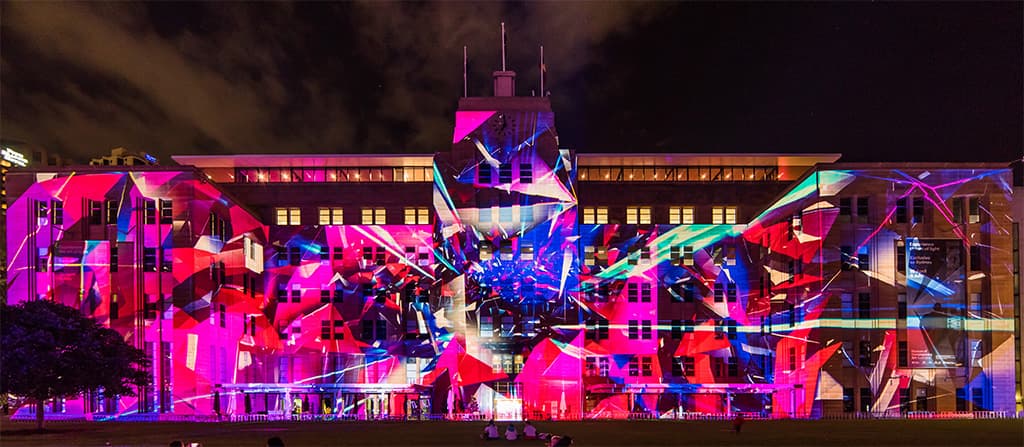
TDC TOOLS UP
Technical Direction Company provided Vivid with video expertise in mapping techniques and key video technology across an unprecedented 10km distance as the 18-day festival expanded into new Chatswood and Central Park precincts.
For its fourth year of involvement with the event, TDC delivered more than 70 high-resolution projectors, four types of media servers as well as technical infrastructure including two automation platforms, each with custom hardware and electronics to power the video projections. Additional challenges included crane lifts, street closures for installs and six new sites to manage.
“As well as site-specific challenges, we had to overcome reflective surfaces such as glass from other buildings or water,” explains head technician and media specialist Steve Cain. “It was a challenge to converge multiple projectors onto curved roofs, perform colour correction onto dark bricks and colour balancing of multiple projector models to match these evenly. Seeing the final result with people interacting with projections is a real reward.”
“Vivid Sydney requires careful planning by skilled staff including design and mappings of the buildings to enable artists and designers to plan their animations,” added technical manager Olin Winton. “The artists we have teamed up with this year have made this process simple and enjoyable.”
MAKING THE CUT
Life Story (left): New to Vivid, a projection onto the Argyle Cut showing BBC Earth’s Life Story TV series. The BBC worked with Spinifex Group to bring this project to life. Sueann Parker, Production Manager at Spinifex Group noted that extensive testing was required in the lead up. “Neither Spinifex nor TDC had projected at this site previously. As a result TDC required warped test footage months prior to the launch so as to best assess the split of the eight projectors inside the tunnel. Our animation was then created based on the mask they supplied. Months in the making it all lined up perfectly.”
MUSEUM OF COLOUR ASSEMBLAGE
Mechanised Colour Assemblage (above): transformed the Museum of Contemporary Art façade into a series of sound and colour ‘machines’. TDC provided ultra-high resolution projectors and media servers for artwork created by Sydney artist Rebecca Baumann and Paris-based art and design collective Danny Rose. “TDC supplied powerful video projectors to show our 8K resolution media for our 3D-mapped experience. The final result was a splendid video projection where the audience could walk right up to the façade and see the artistic detail at very close range,” says Sergio Carrubba, managing director and founder at Danny Rose. (Photos courtesy of TDC)
TDC EYE-WATERING STATS
- Video projection used 7,464,960,000 total pixels on to the famous architecture of 10 buildings across Sydney.
- 8976sqm of architecturally mapped video projection.
- A total of 2,000,000 ANSI lumens used.
- 1.8km of 3-phase power cable, and 2.5km of fibre optic cable.
Technical Direction Company: www.tdc.com.au
Ample Projects: www.ampleprojects.com.au
Spinifex Group: www.spinifexgroup.com
Danny Rose: www.dannyrose.fr
The Propaganda Mill: www.thepropagandamill.com

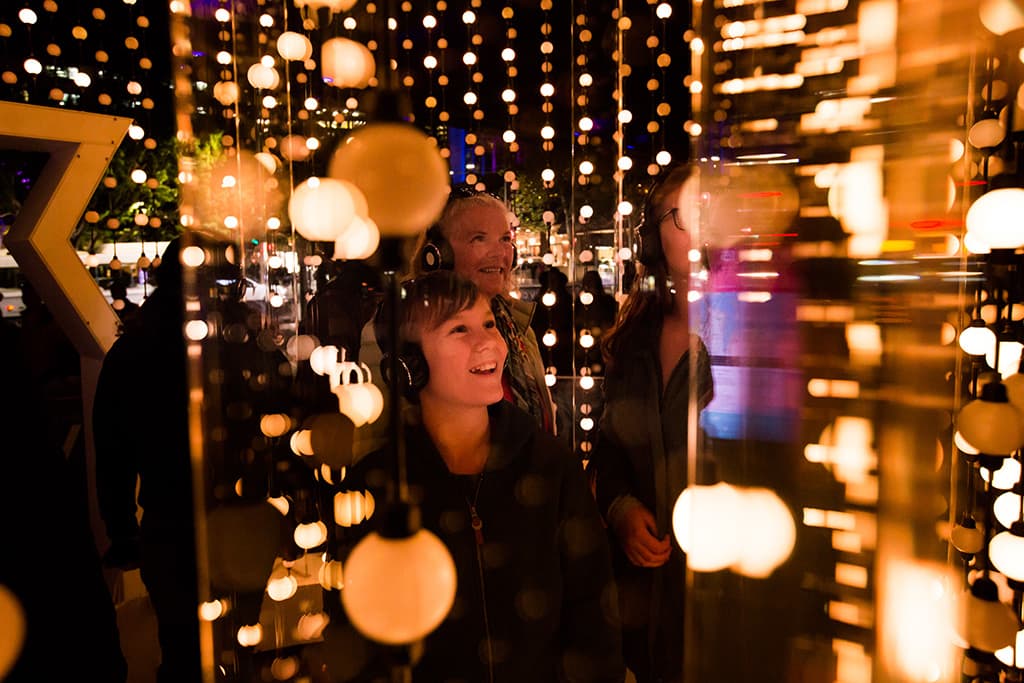



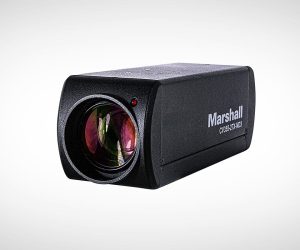
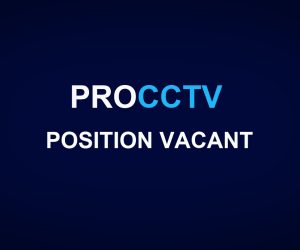

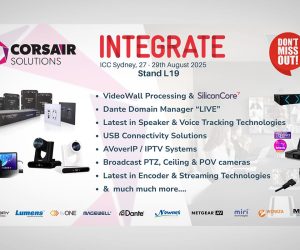
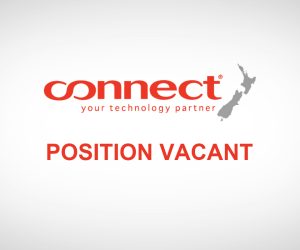
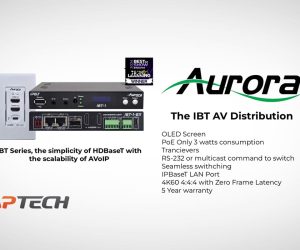
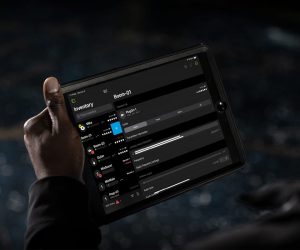
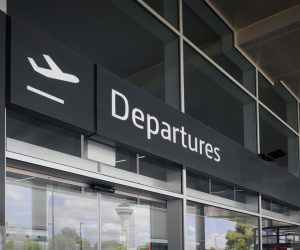
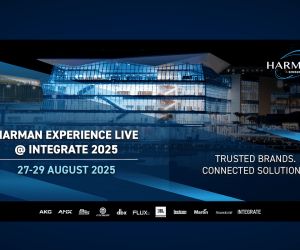
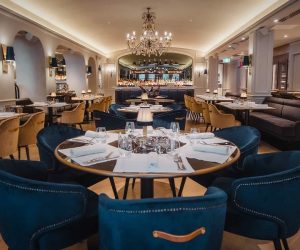
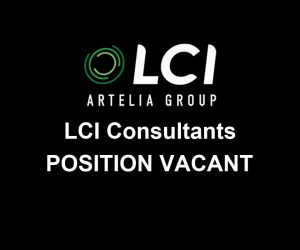


RESPONSES